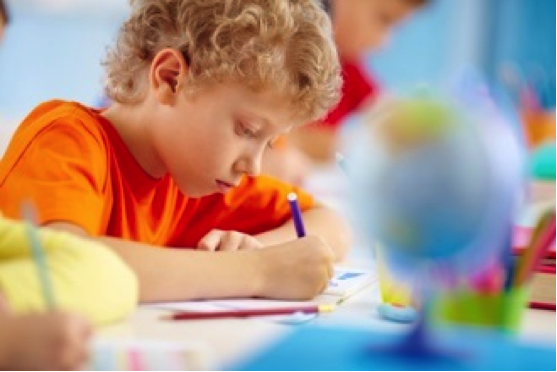While some people require occupational therapy after an accident or serious illness, others may require it to help them cope with a physical disability or perhaps a mental health issue.
Occupational therapy can be a vital tool in helping children to make the most of their day to day activities, whether learning, playing or partaking in hobbies. An occupational therapist for children will focus on working with their clients in order to help them to overcome specific difficulties they may have with motor skills, cognition, sensory processing and visual perception. In cases where certain skills or strengths cannot be improved upon, an occupational therapist will often provide the child and their family with detailed advice on ways they can make their day to day life easier, and increase their independence. The therapist may suggest modifications to the child’s room or other areas of the house that pose problems, or may recommend special equipment that would enable the child to function more independently.

Methods occupational therapists use when working with children
The exact methods an occupational therapist for children will use will depend on many factors, including the age of the child, what issues or behaviours they most need help with, and their level of independent functioning. An experienced therapist will be able to put together a comprehensive and tailored development plan for a child, with regular monitoring of improvements.
An occupational therapist for children will generally begin by conducting an assessment of the child, taking a range of factors into consideration. These might include standardised assessment results, medical history, clinical observation and any information provided by the child’s family, teachers or doctor that is deemed to be relevant. Collating all this information allows the occupational therapist to ascertain the child’s levels of ability and identify areas which could be improved with therapy.
The occupational therapist might observe the child’s play skills, self-help skills (such as drinking, eating, dressing and washing themselves), their motor skills (both gross motor skills and fine motor skills), their visual perception skills and coordination and balance, among others. They might also observe the child’s general behaviour, especially those that are sensory-based.
How an occupational therapist can work with a child
Once the assessment is complete, the occupational therapist will devise a plan to aid the child. The exact nature of the therapist’s work with a child can vary hugely, and a good therapist will discuss each aspect of the therapy with the child’s family or carers. Exercises or routines will likely be given to the child or their parents, so they can work on certain skills or behaviours between appointments.



